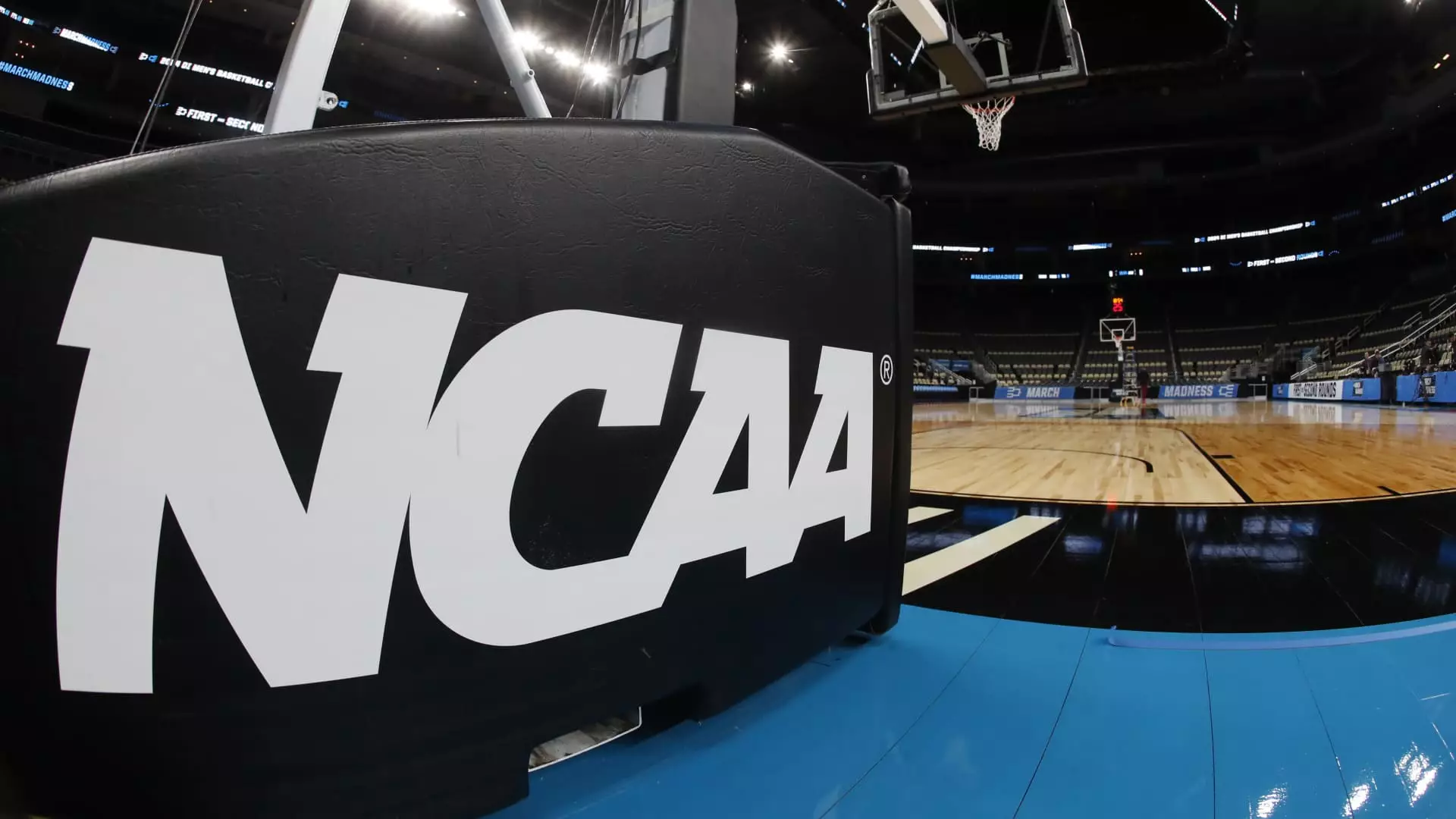The recent update to the National Collegiate Athletic Association’s (NCAA) policy regarding transgender student-athletes has ignited a firestorm of controversy. In light of former President Trump’s executive order aimed at defunding educational institutions that allow trans women to compete in women’s sports, the NCAA has constructed a new set of guidelines. The organization now allows students assigned male at birth to engage in practice with women’s teams, yet prohibits them from competing formally. Meanwhile, the implications of this policy reverberate across the landscape of college athletics, affecting not only transgender athletes but the perception of gender identity as a whole.
Under the revised guidelines, students assigned male at birth are barred from engaging in competitive sports with women, even though they can enjoy some benefits, such as medical care and participation in practices. However, all students, regardless of gender or sex, have the option to compete on men’s teams, although there is a stipulation for athletes taking testosterone to secure a medical exemption. Furthermore, students assigned female at birth who undergo hormone therapy are similarly restricted from women’s teams. This complex policy aims to create uniformity and clarity amidst varying state laws and contradictory court rulings, as stated by NCAA President Charlie Baker.
The reliance on binary categorization of sex raises significant questions about inclusivity. Baker declared that this approach would mitigate the conflict of having multiple standards across states, solidifying a national framework amid what he deemed a chaotic legal environment. Yet, this perspective neglects the nuanced understanding of gender as a spectrum rather than a strict binary.
The updated policy fails to account for the diversity and multiplicity of gender identities. Transgender triathlete Chris Mosier, a prominent advocate for transgender rights, criticized the NCAA’s adherence to the binary assigned at birth. His views highlight the broader implications of legislation and policies that disregard transgender and non-binary existence, reinforcing a societal narrative that limits individual identity classification. Furthermore, women experiencing intersex variations and those undergoing hormone therapy for legitimate medical conditions may inadvertently be marginalized by these regulations, as their conditions may blur the lines that the NCAA seeks to tighten.
These developments in sports not only reflect the evolving nature of gender identity discussions in society but also allegorically signal ongoing debates over bodily autonomy and rights. The policies enshrined in law, such as Trump’s executive orders, seek to solidify a binary understanding of gender, which may present significant challenges for the LGBTQ+ community. The political climate surrounding these regulations further complicates the narrative, creating a battleground for cultural and social ideologies.
The NCAA’s latest decision regarding transgender athletes serves as a pivotal point for conversations around inclusivity, identity, and cultural understanding in sports. The implications not only affect the individuals involved but resonate within the broader societal context of how we define gender and navigate acceptance. The crossroads at which the NCAA stands reflects an urgent need for dialogue that embraces the complexities of human identity rather than constraining them within outdated paradigms. As the discussion continues, it remains crucial to advocate for policies that honor the true essence of diversity in all its forms.

